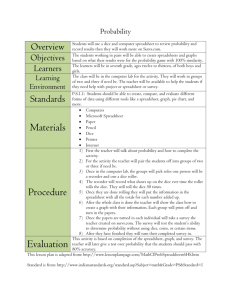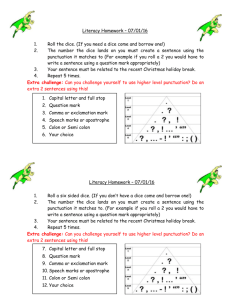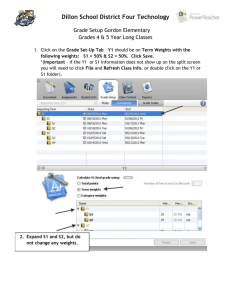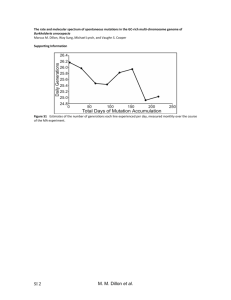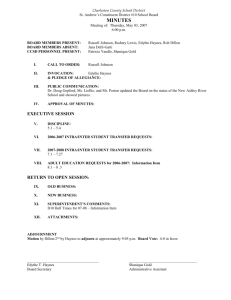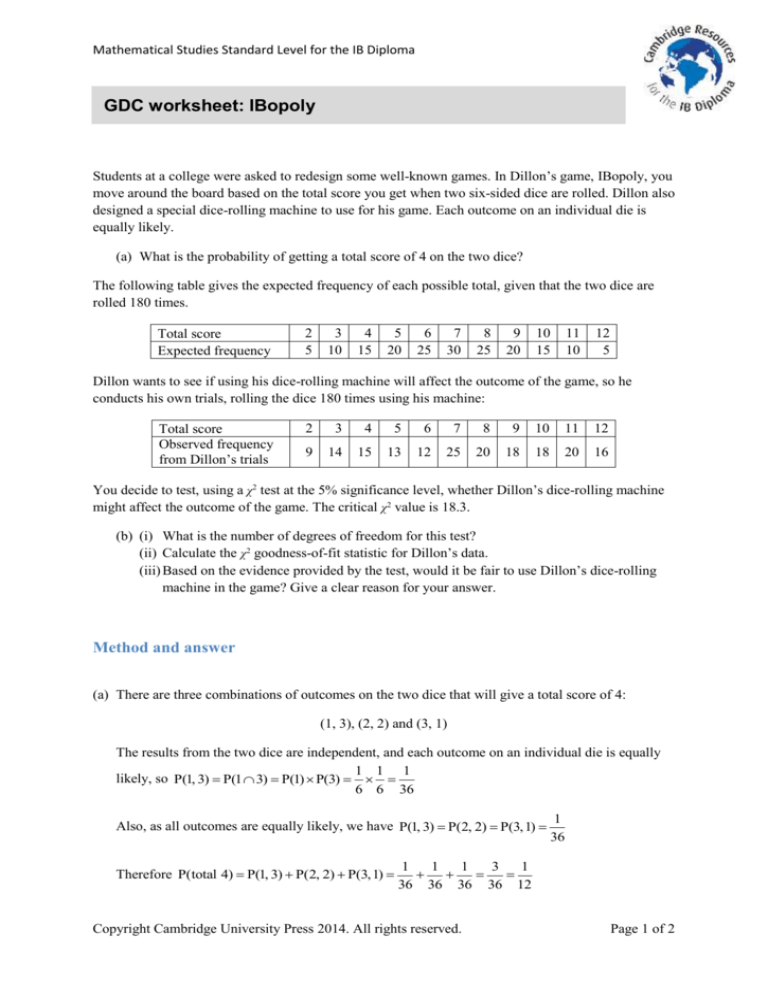
Mathematical Studies Standard Level for the IB Diploma
GDC worksheet: IBopoly
Students at a college were asked to redesign some well-known games. In Dillon’s game, IBopoly, you
move around the board based on the total score you get when two six-sided dice are rolled. Dillon also
designed a special dice-rolling machine to use for his game. Each outcome on an individual die is
equally likely.
(a) What is the probability of getting a total score of 4 on the two dice?
The following table gives the expected frequency of each possible total, given that the two dice are
rolled 180 times.
Total score
Expected frequency
2
5
3
10
4
15
5
20
6
25
7
30
8
25
9
20
10
15
11
10
12
5
Dillon wants to see if using his dice-rolling machine will affect the outcome of the game, so he
conducts his own trials, rolling the dice 180 times using his machine:
Total score
Observed frequency
from Dillon’s trials
2
3
4
5
6
7
8
9
10
11
12
9
14
15
13
12
25
20
18
18
20
16
You decide to test, using a χ2 test at the 5% significance level, whether Dillon’s dice-rolling machine
might affect the outcome of the game. The critical χ2 value is 18.3.
(b) (i) What is the number of degrees of freedom for this test?
(ii) Calculate the χ2 goodness-of-fit statistic for Dillon’s data.
(iii) Based on the evidence provided by the test, would it be fair to use Dillon’s dice-rolling
machine in the game? Give a clear reason for your answer.
Method and answer
(a) There are three combinations of outcomes on the two dice that will give a total score of 4:
(1, 3), (2, 2) and (3, 1)
The results from the two dice are independent, and each outcome on an individual die is equally
1 1 1
likely, so P(1, 3) P(1 3) P(1) P(3)
6 6 36
Also, as all outcomes are equally likely, we have P(1, 3) P(2, 2) P(3,1)
Therefore P(total 4) P(1, 3) P(2, 2) P(3,1)
1
36
1
1
1
3
1
36 36 36 36 12
Copyright Cambridge University Press 2014. All rights reserved.
Page 1 of 2
Mathematical Studies Standard Level for the IB Diploma
(b) (i) This is a goodness-of-fit test, so the number of degrees of freedom is
total number of outcomes − 1 = 11 − 1 = 10
(b) (ii)
Texas TI-84
Casio fx-9750GII
Input the data into your GDC. First, go into list mode.
Enter the observed frequencies in list 1 and the expected frequencies in list 2
Access the GOF test values (χ2 statistic and p-value).
So the χ2 goodness of fit statistic is 50.8.
(b) (iii) Since the actual χ2 value, 50.8, is greater than the critical value of 18.3, the result is
significant, which means that the expected frequencies obtained from theoretical probability
calculations as in part (a) are not a good fit for the observed data. This can also be seen from
the p-value, 1.87 107 , which is very small compared to the significance level of 0.05; so,
given the results of Dillon’s trials, there is very small chance that the theoretical distribution
(independent fair dice leading to the expected frequencies) holds. The results of the χ2 test
suggest that using Dillon’s dice-rolling machine will not produce ‘fair’ outcomes of the dice
rolls, and will therefore affect the outcome of the game.
Copyright Cambridge University Press 2014. All rights reserved.
Page 2 of 2







